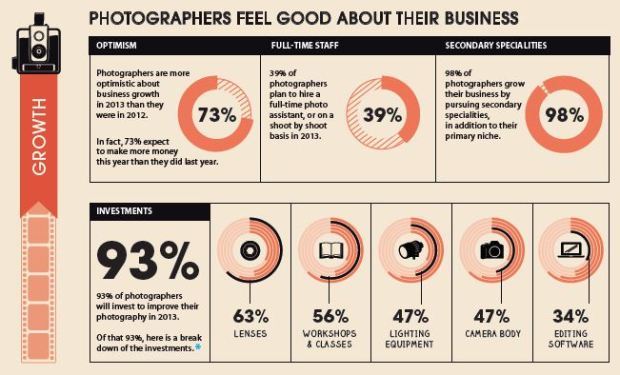Photographer Ben Roberts recently wrote an excellent article for PetaPixel, about his thoughts on having photographs go viral.
Ben describes how his series of photographs, Amazon Unpacked, which were commissioned by the Financial Times Weekend Magazine to accompany an article published in February, have since gone viral on other news sites, blogs, Facebook pages and Tumblr sites.
It’s an interesting dilemma for photographers. Social media makes it easier than ever to promote and share your work, and it’s a great medium via which to build awareness of your business – but it can be so easy to lose complete control over where the images end up.
Despite acknowledging that the whole scenario has provided more exposure for Ben than he could have otherwise imagined, his main gripe about his photos going viral is that not one of the news outlets or sites that republished his images contacted him to seek permission – and many of the blogs published 8-12 of the 13 photos, giving the reader no incentive to seek out the original article.
The article goes on to discuss the big issue of “fair use” vs “theft”, and the comments which follow provide a great read – although confusion still seems to reign about the copyright and intellectual property laws that are applicable to cases like this.
I remember a case a couple of years ago, when Adele Enersen shut down her hugely successful blog, Mila’s Daydreams, because she was justifiably outraged that the gorgeous photos of her daughter were being used without permission all over the place. I believe she even identified examples of where the images were being used in advertising campaigns. The Mila’s Daydream blog is back online, and has a pretty clear (and firm) press and usage rights statement, but Adele has since started another blog.
Some of my photography buddies and I were discussing the article, and the things we do (or could do) to better secure our images:
- Don’t publish photos online at all (yes, this is extreme, but it prevents image theft!)
- If you are going to publish photos online, reduce their size substantially
- Use visible watermarks on your images
- Use programs such as Digimarc which digitally embed watermarks into your images
- Check out the Digital Watermarking Alliance, which has some great resources about digital watermarking.
- Have a press and usage rights statement (like the one on the Mila’s Daydream) blog, to at least outline your expectations about the use of your photos, and the laws which govern their use.
As a marketer, there’s a small part of me that wishes my photos (even just ONE!) would go viral in the way Ben Roberts or Adele Enersen’s images have. But as a photographer, I completely agree with the points Ben makes about the downside of this happening.
What are your thoughts about photos going viral over the internet?




Recent Comments